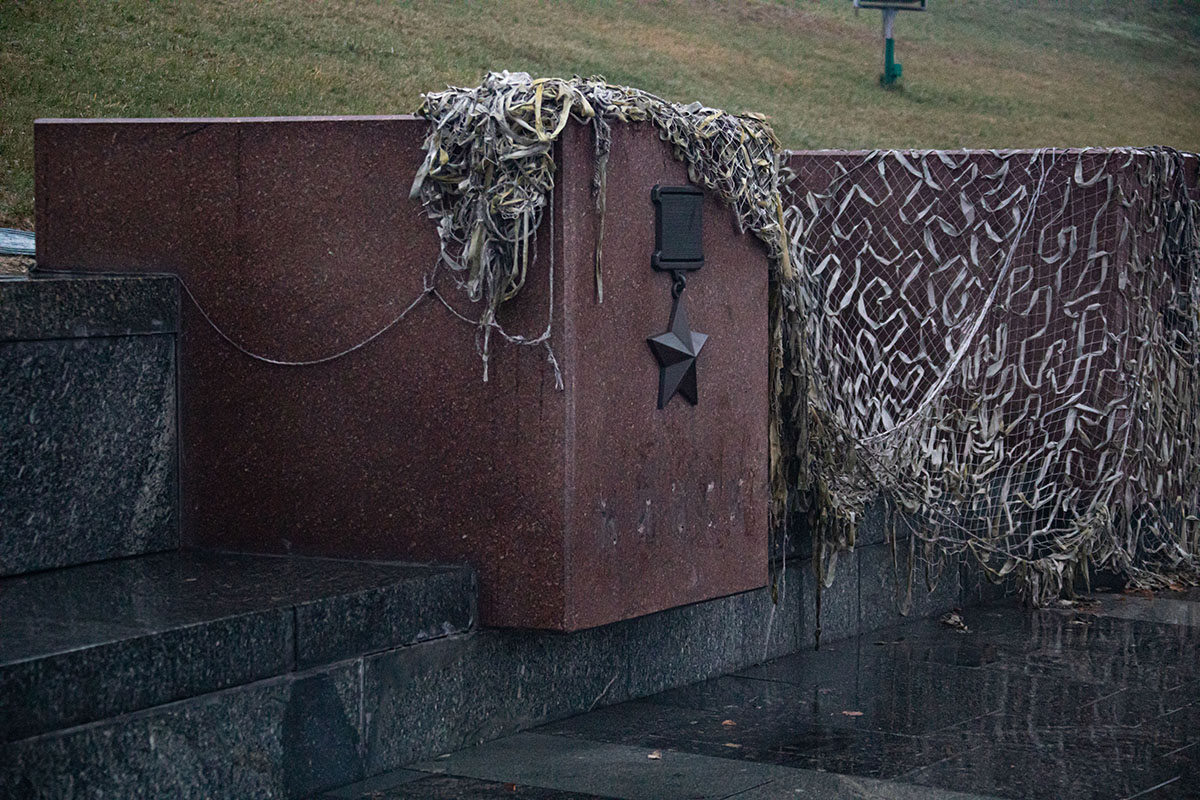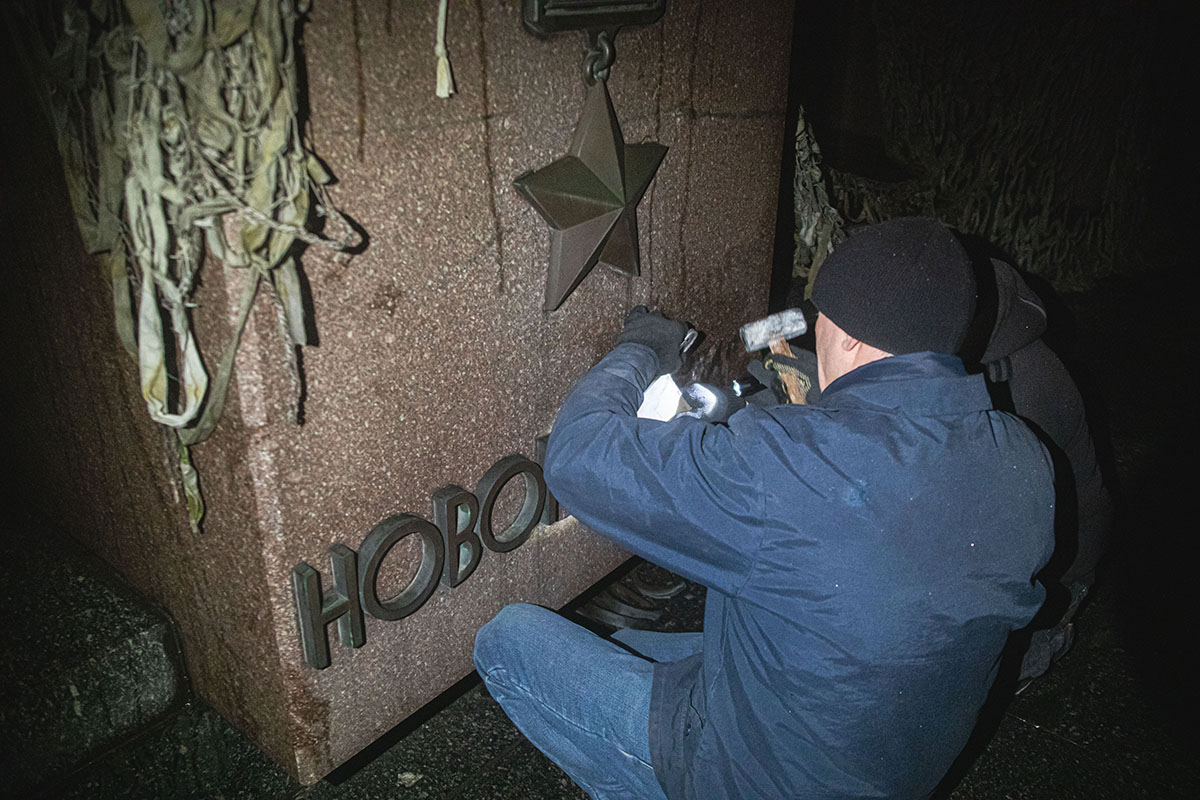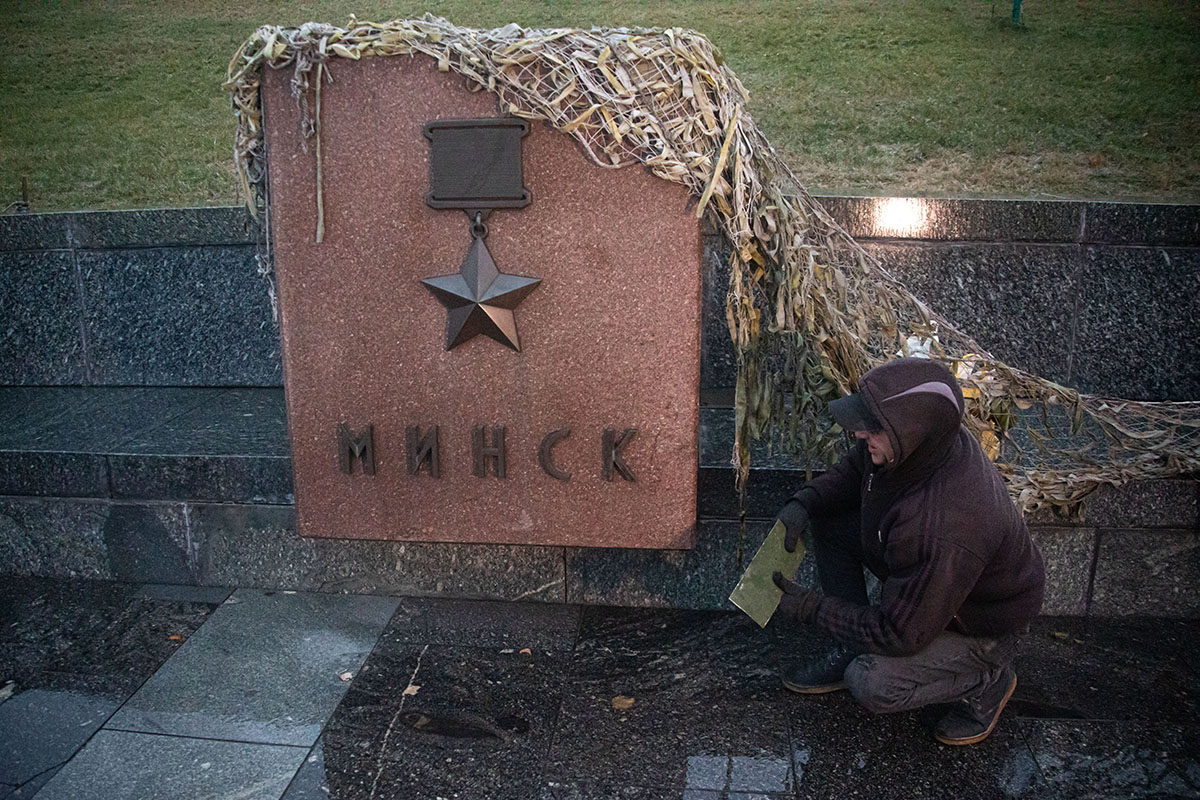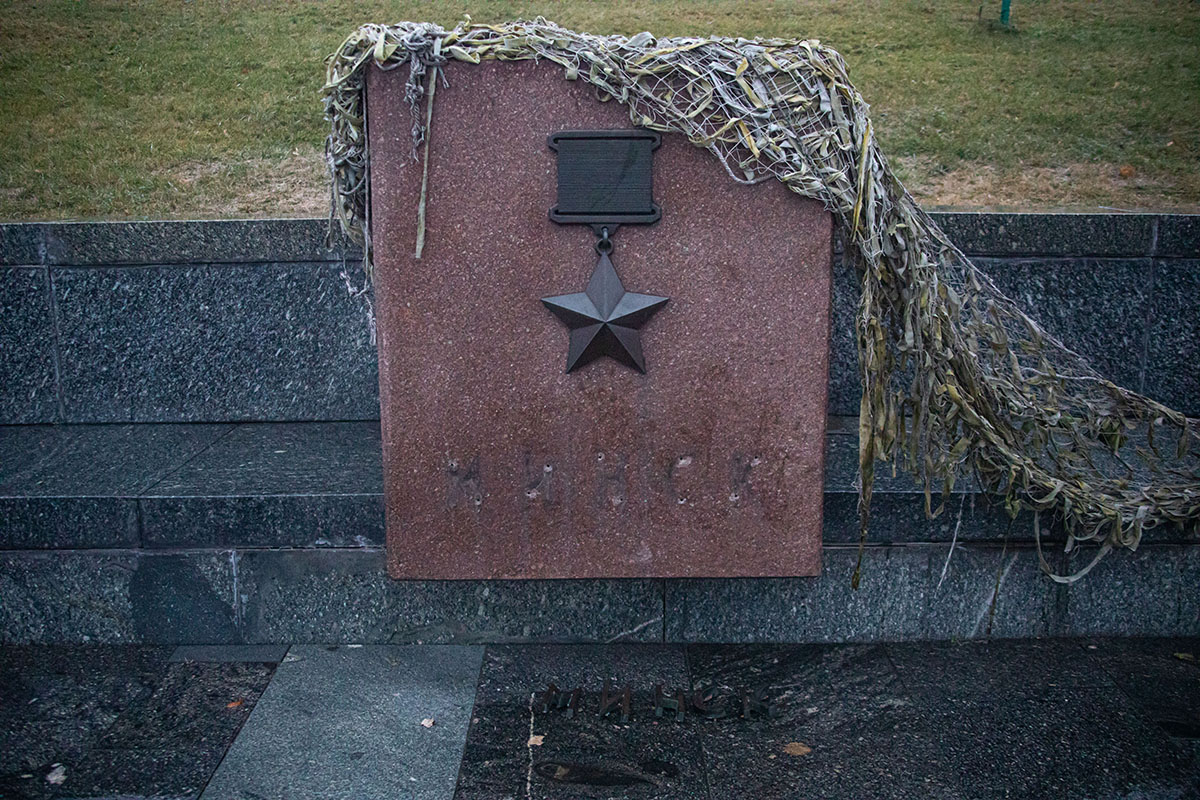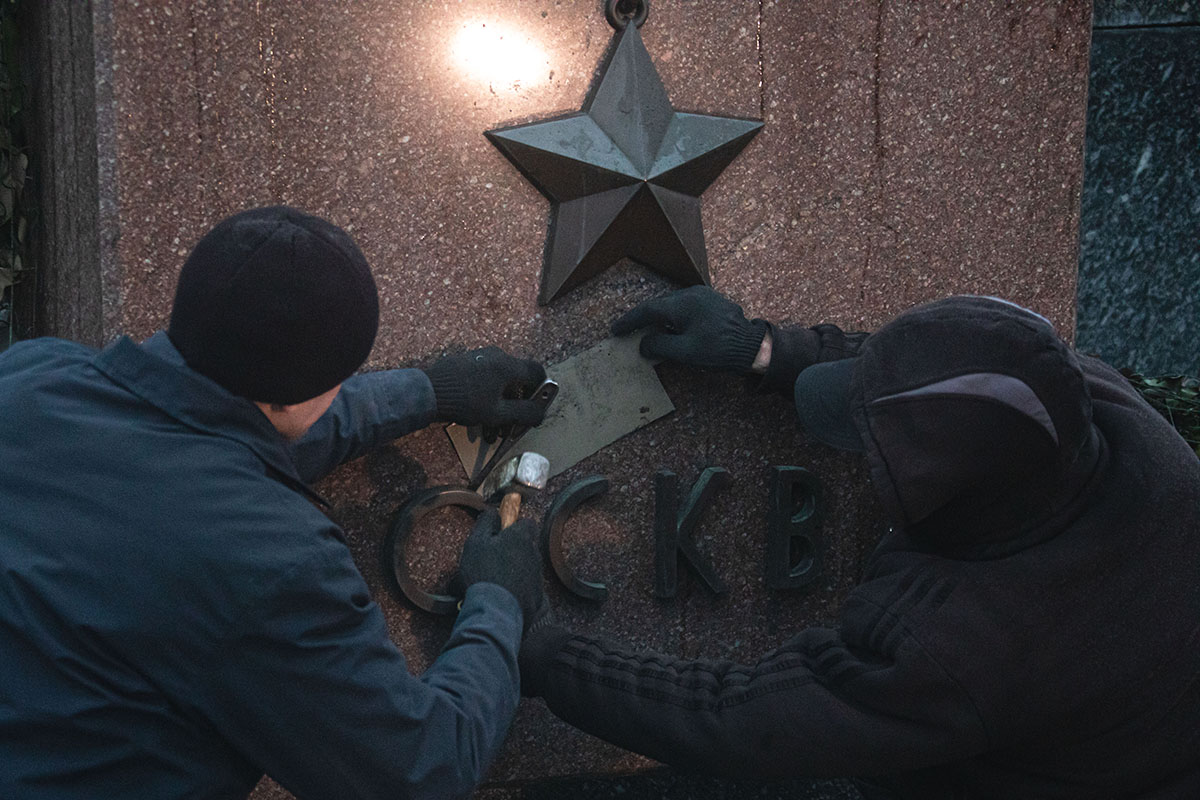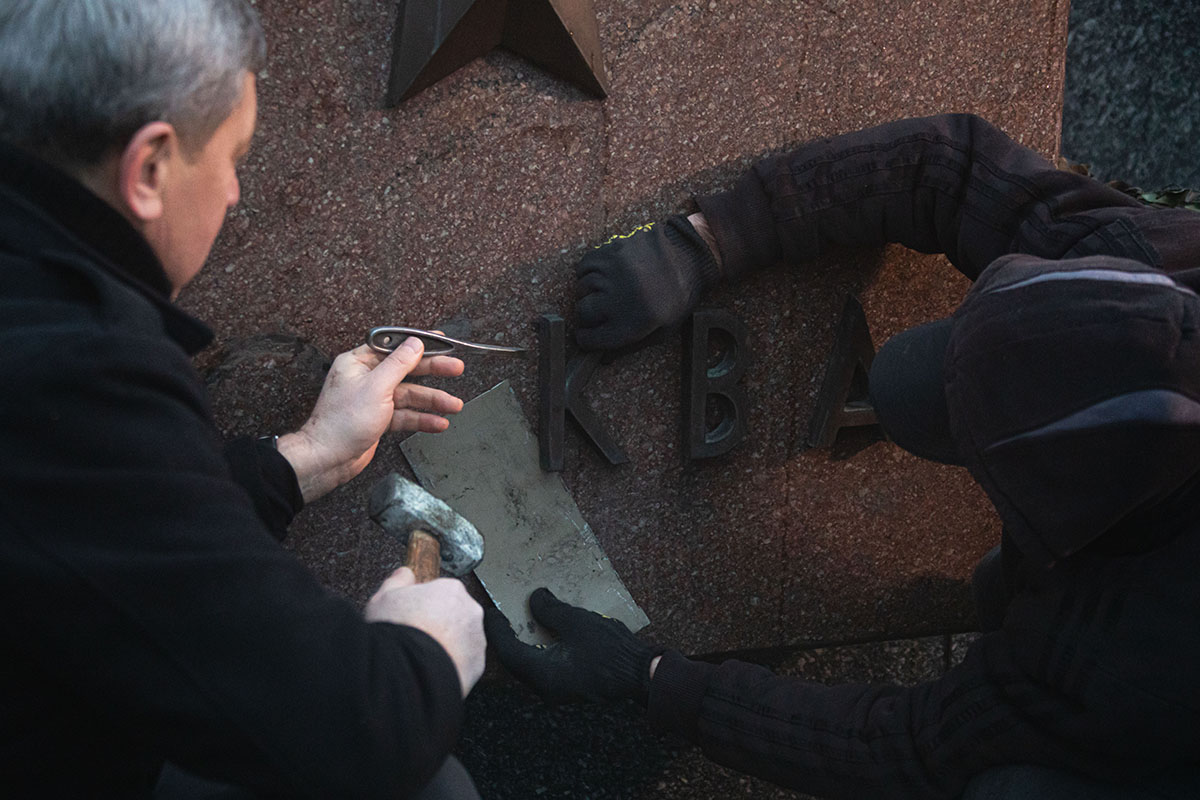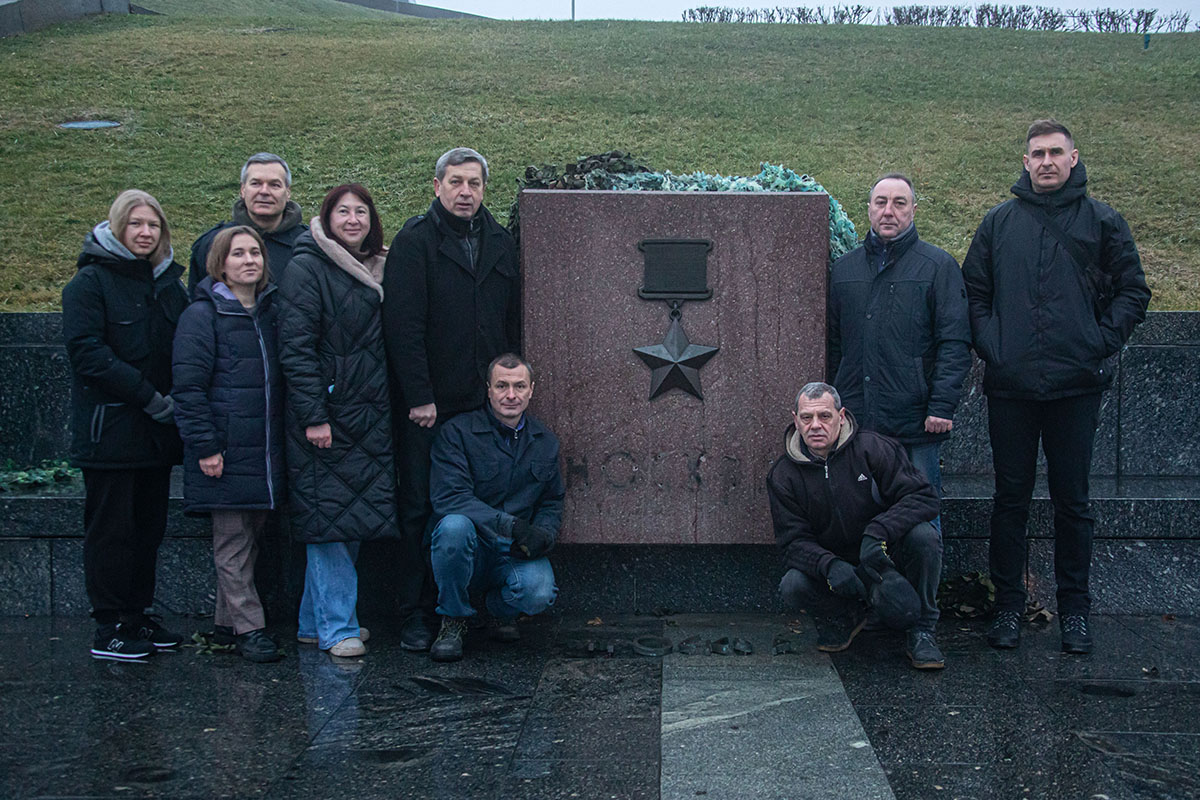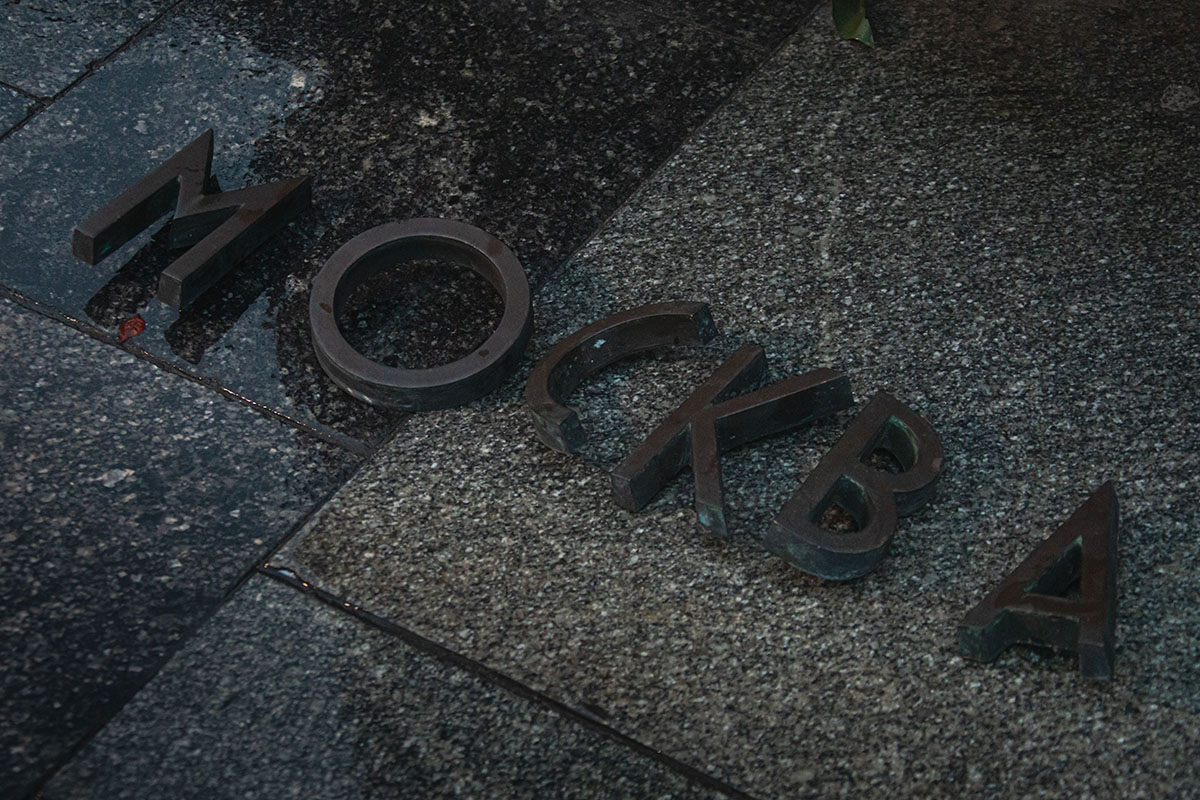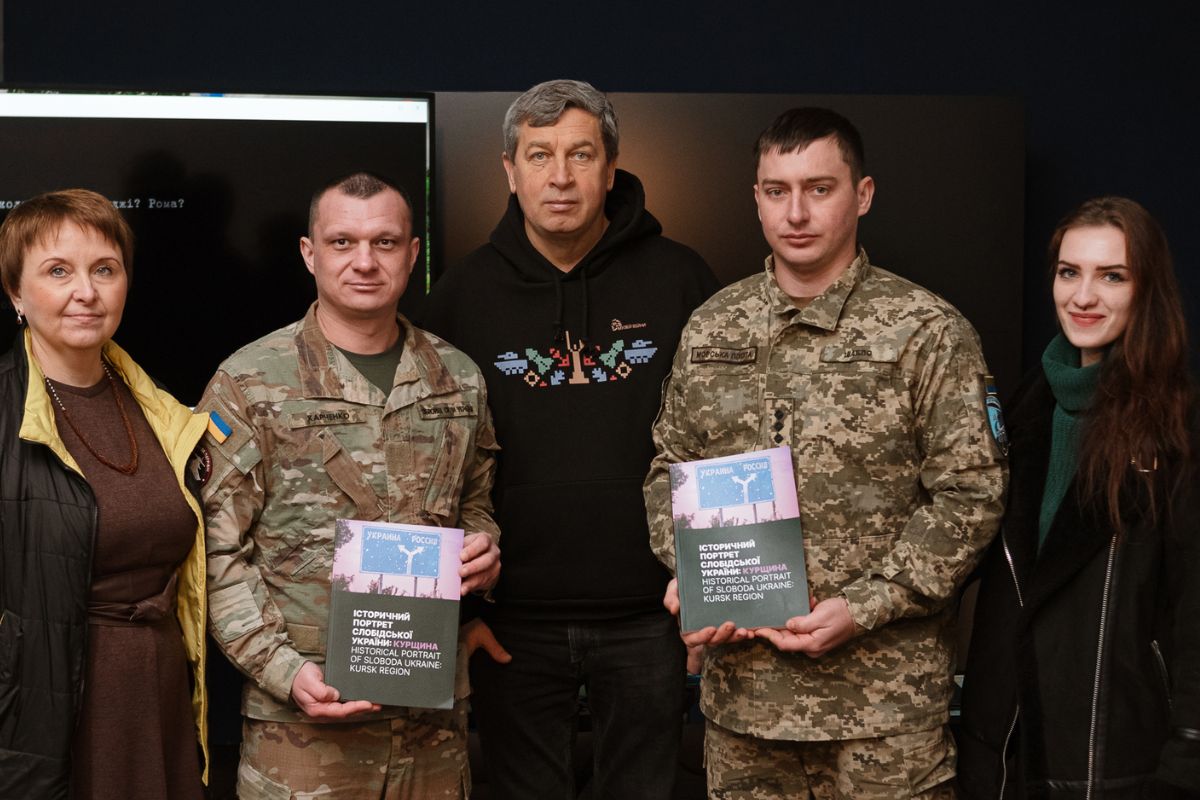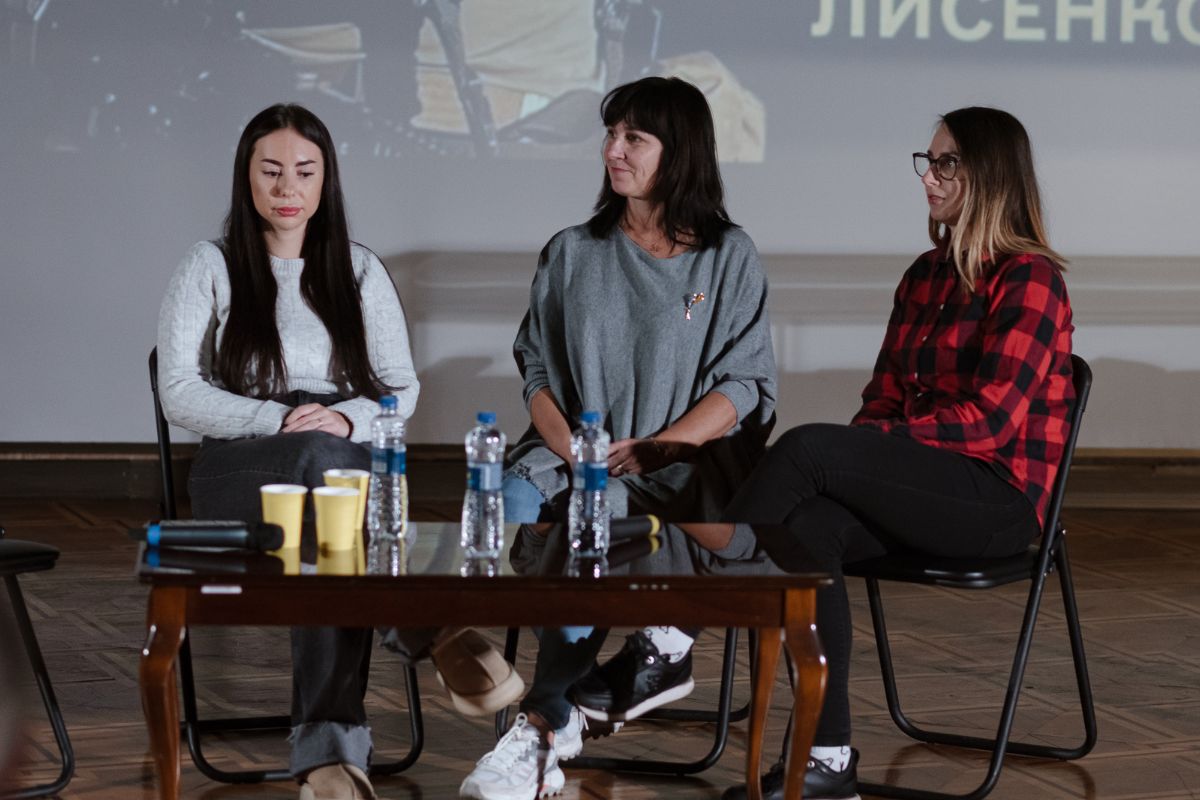Today, the War Museum has taken a crucial and symbolic step—dismantling the letters that spell out the names of cities and the image of the Soviet Gold Star Medal on the Alley of Hero Cities.
The Museum initiated an inspection of the bronze reliefs. Specialists of the National Research and Restoration Center of Ukraine conducted a study based on which they created a "Passport of Examination of the State of Preservation of Bronze Overlay Elements of the Gold Star Medals and Text Inscriptions." They also substantiated the need to dismantle and restore them.
As the Museum space undergoes renovation, a core propaganda myth of the Soviet totalitarian regime has been reevaluated.
The term "Hero City" was established in the Soviet Union after the Decree of the Presidium of the Supreme Soviet of the USSR on May 8, 1965, "On Approval of the Regulation on the Highest Degree of Distinction—the Title of Hero City." The first cities to receive this title in 1965 were Leningrad (now St. Petersburg), Odesa, Sevastopol, Volgograd (former Stalingrad), Kyiv, Moscow, and the Brest Fortress. In 1973, Kerch and Novorossiysk were awarded the title of "Hero City," in 1974—Minsk, in 1976—Tula, in 1985—the cities of Murmansk and Smolensk. It is important to note that no criteria were established for the work of the commissions that awarded the title of "Hero City." The naming of cities was chaotic and served ideological purposes to promote the "Great Patriotic War" myth.
